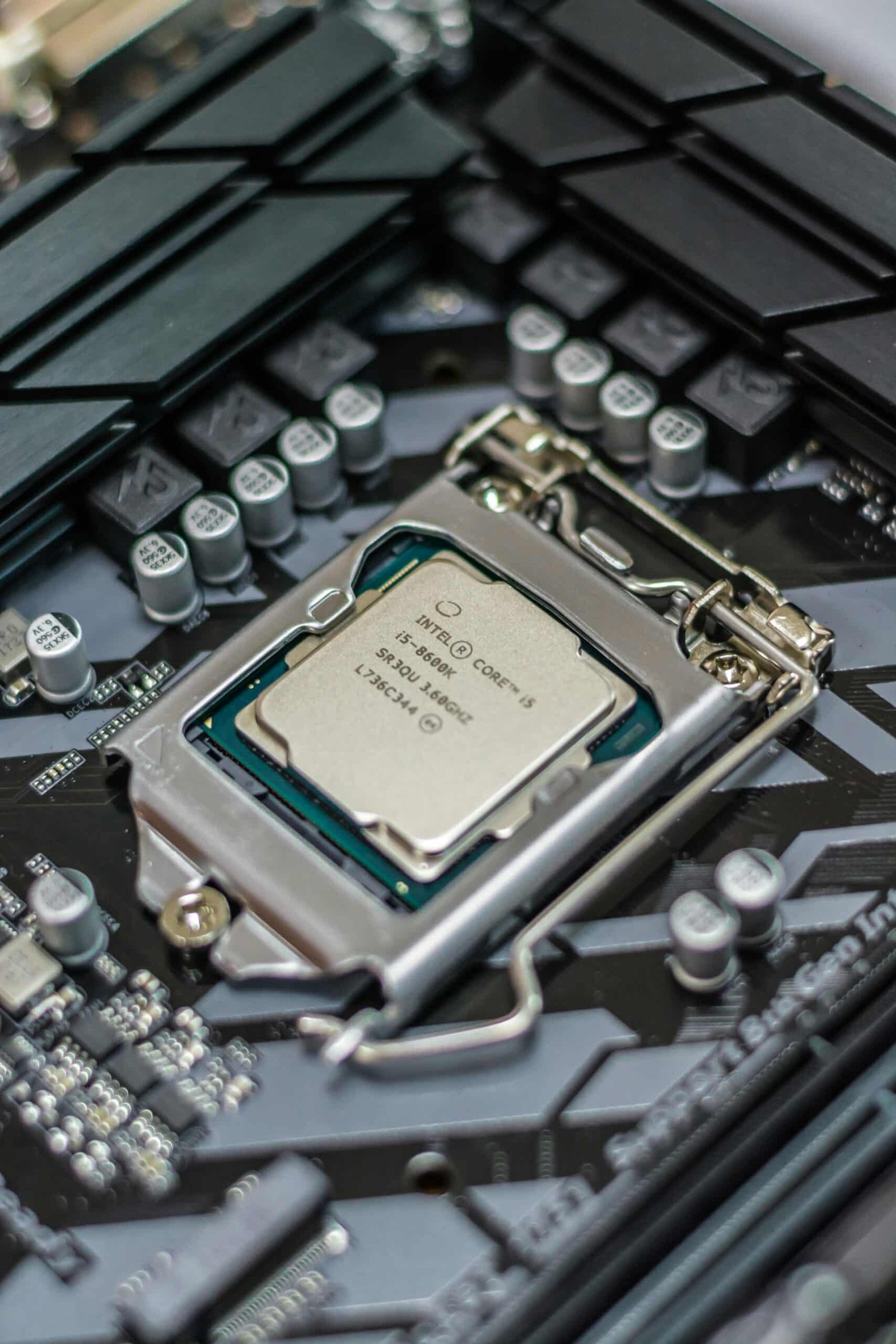Google Vision | Introduction
In a groundbreaking move that reverberated across tech spheres, Google recently announced a significant reorganization, reshaping the landscape of its diverse business portfolio. This strategic maneuver aims to align the company for future challenges, particularly in the wake of its acquisition of Fitbit. In this article, we delve deep into the intricacies of Google’s reorganization, dissecting its implications for Fitbit and the overarching strategies behind it.
The Unveiling: Google’s Bold Reorganization
Google’s reorganization, unveiled on January 10, 2024, marks a pivotal moment in the company’s evolution. The restructuring is not merely cosmetic; it’s a calculated response to the ever-evolving tech ecosystem. The move aims to streamline operations, enhance synergies, and position Google for unparalleled growth in an era defined by rapid technological advancements.
Fitbit Integration: A Strategic Chess Move
Synergizing Health Tech and AI
Central to Google’s reorganization is the integration of Fitbit, the fitness wearables giant, into its ecosystem. This strategic synergy capitalizes on the intersection of health technology and artificial intelligence. Google envisions a future where wearables seamlessly integrate with its AI platforms, ushering in a new era of personalized health and wellness.
Unpacking the Fitbit Acquisition
Google’s acquisition of Fitbit is not merely about wearables; it’s a strategic data play. By amalgamating Fitbit’s extensive health data with Google’s AI capabilities, the tech behemoth aims to revolutionize predictive health analytics. This move positions Google as a frontrunner in leveraging big data for personalized healthcare solutions.
Architecting the Future: The Role of Park Friedman and AR in Google’s Vision
Park Friedman’s Visionary Leadership
At the helm of this reorganization is Park Friedman, a visionary leader with a track record of steering Google through transformative phases. Friedman’s role in shaping Google’s future cannot be overstated. His strategic foresight and ability to navigate the complexities of the tech landscape position Google for unparalleled success.
Augmented Reality (AR) Integration
Another key facet of Google’s reorganization is the emphasis on augmented reality. By strategically integrating AR into its ecosystem, Google aims to redefine user experiences across multiple domains. From gaming to productivity, the incorporation of AR underscores Google’s commitment to staying at the forefront of technological innovation.
Navigating the Challenges: Layoffs as a Strategic Pruning
A Necessary Pivot
While reorganization often brings excitement about the future, it inevitably entails tough decisions. Google’s announcement included news of layoffs, sparking discussions about the human cost of corporate evolution. However, viewed through a strategic lens, these layoffs represent a necessary pivot to reallocate resources and ensure sustained growth.
Balancing Innovation and Responsibility
Google’s commitment to innovation is paralleled by its responsibility to its workforce. The company’s transparent communication about the layoffs and its pledge to support affected employees through transitional periods showcases a delicate balance between corporate growth and employee well-being.
Conclusion
In conclusion, Google’s reorganization signifies more than just a reshuffling of corporate hierarchies; it’s a strategic blueprint for the future. The integration of Fitbit, the visionary leadership of Park Friedman, emphasis on augmented reality, and the measured approach to layoffs collectively position Google as a powerhouse ready to navigate the complexities of the evolving tech landscape. As the dust settles, it becomes clear that Google’s strategic moves are not just about outranking competitors but about architecting a future where technology seamlessly integrates with human experiences.
Click Here to Read More Articles: truereviewmagazine.com










